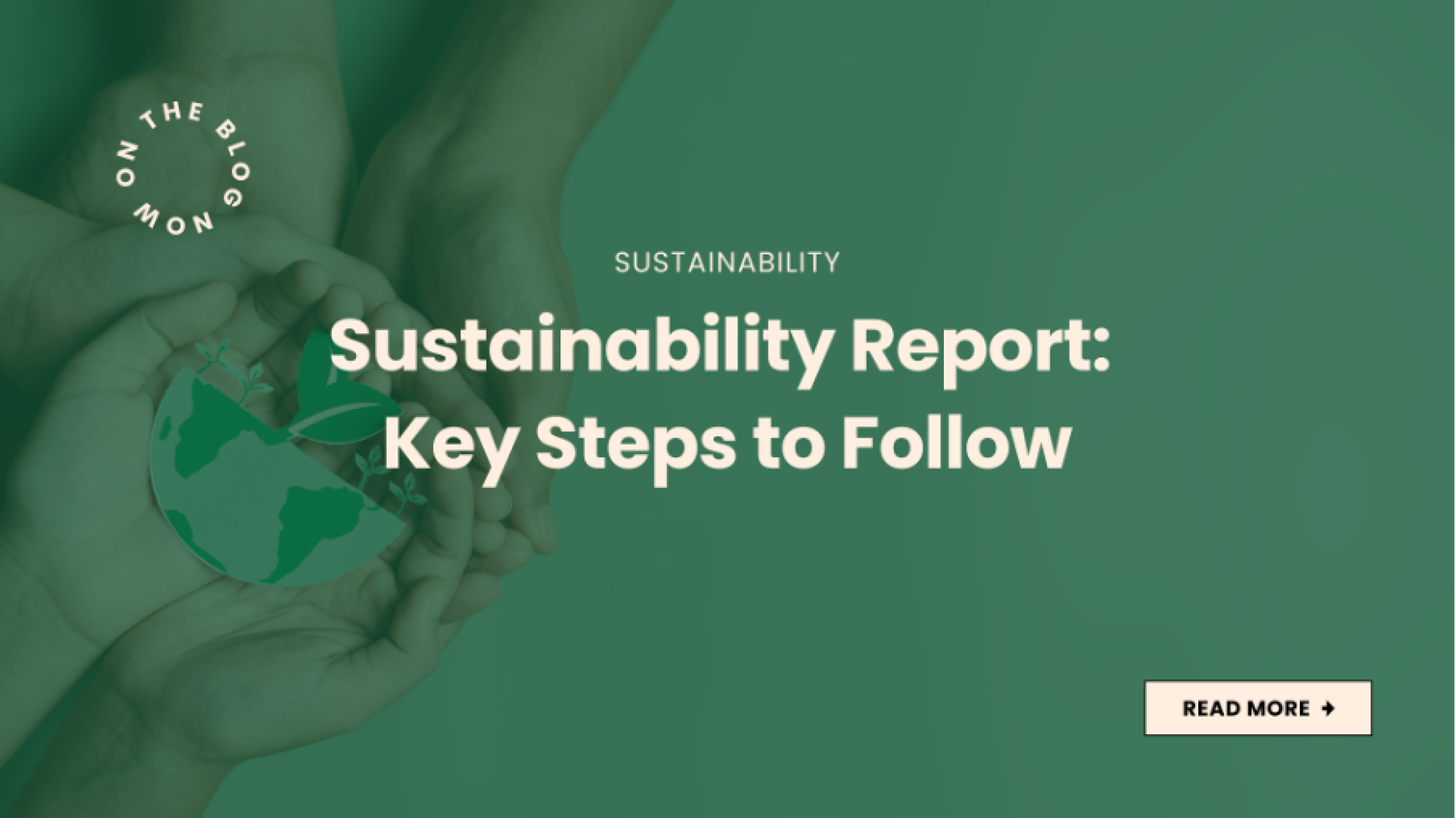
Learn key steps to create a sustainability report, align with reporting frameworks, and meet ESG goals. Get expert guidance with Life Climate today!
A sustainability report is a crucial document for businesses committed to transparency and responsibility in their environmental, social, and governance (ESG) performance. By publishing a sustainability report, companies can communicate their sustainability action, track progress, and align with industry best practices. In this guide, we will outline the key steps to creating an effective sustainability report, ensuring compliance with recognized sustainability reporting frameworks and standards.
Why Is a Sustainability Report Important?
A sustainability report helps businesses demonstrate their commitment to sustainability, environmental responsibility, and corporate accountability. It serves multiple purposes, such as:
- Enhancing brand reputation and stakeholder trust
- Meeting regulatory and compliance requirements
- Improving business efficiency through sustainability action
- Attracting investors who prioritize environmental sustainability reports
- Aligning with international sustainability reporting frameworks like GRI (Global Reporting Initiative)
Key Steps to Create a Sustainability Report
Here are the essential steps to follow:
1. Define Objectives and Scope
Before diving into sustainability reporting, clearly define the objectives of your report. Are you aiming to highlight corporate responsibility, carbon footprint reduction, or overall environmental impact? Outline the scope by identifying the key areas your sustainability report will cover, such as climate, energy use, and social impact.
2. Gather Sustainability Information
Collect relevant data from different departments to ensure a comprehensive sustainability report. This includes:
- Carbon emissions and reduction initiatives
- Energy and water usage
- Waste management and recycling efforts
- Employee well-being and diversity programs
- Compliance with sustainability reporting standards
3. Select a Sustainability Reporting Framework
Choosing the right sustainability reporting frameworks ensures credibility and comparability. Commonly used frameworks include:
- GRI (Global Reporting Initiative): The most widely used sustainability reporting standard
- SASB (Sustainability Accounting Standards Board): Addresses financial materiality
- TCFD (Task Force on Climate-related Financial Disclosures): Emphasizes climate-related risks
- CDP (Carbon Disclosure Project): Specializes in carbon emissions and climate impact
4. Engage Stakeholders
A successful sustainability report involves engaging stakeholders, including employees, investors, customers, and policymakers. Conduct surveys, interviews, and meetings to gather insights and align the report with their expectations.
5. Analyze and Interpret Data
Once the data is collected, analyze trends and patterns to highlight key findings. Use visuals like tables, graphs, and infographics to present the information effectively.
|
Sustainability Metric |
2022 |
2023 |
Change (%) |
|
Carbon Emissions (tons) |
10,000 |
8,500 |
-15% |
|
Renewable Energy Use (%) |
40 |
55 |
+37.5% |
|
Water Usage (m³) |
1,200,000 |
1,100,000 |
-8.3% |
6. Develop a Clear and Engaging Report Structure
An effective sustainability report should have the following structure:
- Executive Summary: Key highlights and sustainability action overview
- Introduction: Purpose and scope of the report
- Methodology: Data collection and analysis approach
- Findings and Performance: Environmental, social, and governance aspects
- Challenges and Future Goals: Areas for improvement and strategic goals
- Conclusion and Call to Action
7. Ensure Compliance with Sustainability Reporting Standards
To enhance credibility, ensure the sustainability report aligns with recognized sustainability reporting standards. This includes verifying data accuracy, using consistent reporting metrics, and ensuring transparency.
8. Publish and Share the Report
Make the sustainability report accessible by publishing it on your company’s website, submitting it to a sustainability report database, and sharing it with stakeholders. Leverage social media, press releases, and corporate events to maximize reach.
Common Challenges in Sustainability Reporting
Despite its benefits, sustainability reporting comes with challenges:
- Data Accuracy: Ensuring reliable and verifiable data can be complex.
- Regulatory Compliance: Keeping up with evolving sustainability reporting standards requires constant updates.
- Stakeholder Expectations: Balancing diverse stakeholder demands while maintaining transparency.
Overcoming these challenges with solid data management, stakeholder collaboration and compliance monitoring can increase the efficiency of your sustainability report.
FAQs
- What is the purpose of a sustainability report?
A sustainability report communicates a company’s environmental, social, and governance (ESG) performance, demonstrating commitment to sustainability and corporate responsibility.
- How often should a company publish a sustainability report?
Most companies publish an environmental sustainability report annually to track progress and meet regulatory requirements.
- What are the key sustainability reporting frameworks?
The most common sustainability reporting frameworks include GRI, SASB, TCFD, and CDP, each serving different reporting needs.
- How can a company ensure data accuracy in a sustainability report?
Companies can ensure data accuracy by using standardized metrics, third-party verification, and robust internal tracking systems.
- Where can stakeholders access sustainability reports?
Sustainability reports are typically available on corporate websites, sustainability report database platforms, and regulatory submissions.
Get Expert Guidance with Life Climate
Creating a sustainability report requires careful planning, data collection, and compliance with sustainability reporting standards. At Life Climate, we provide expert guidance on sustainability reporting, ensuring that businesses meet their corporate and environmental goals efficiently.
Contact us today to optimize your sustainability report and drive meaningful climate action!

 eos
eos
 eos marketplace
eos marketplace